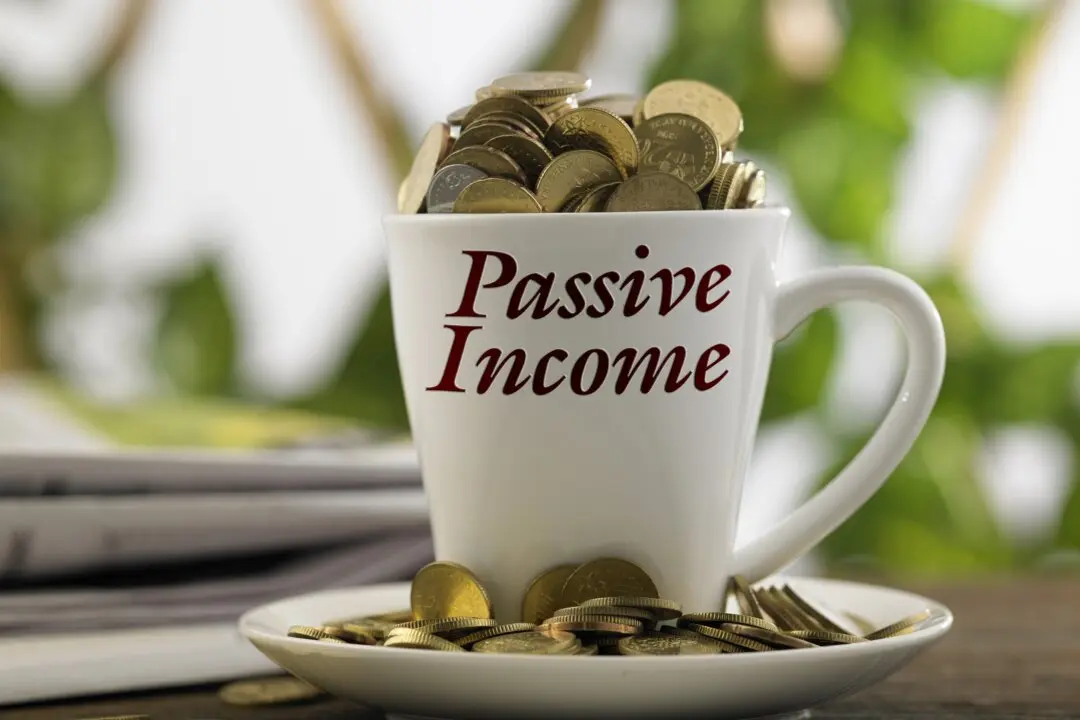As a 20-something young adult, investment can sometimes seem foreign, especially if you’re not sure where to start. Expert investors and market leaders all suggest that starting sooner than later is one of the best decisions a young adult can make during their 20s.
As of 2019, around 47 percent of Americans were not investing any of their money, whether it be in bonds, mutual funds, real estate, or perhaps the stock market. Being financially independent is something a lot of us are after, and the alarming statistics only reveal how little advantage American adults are taking of the available investment opportunities.






